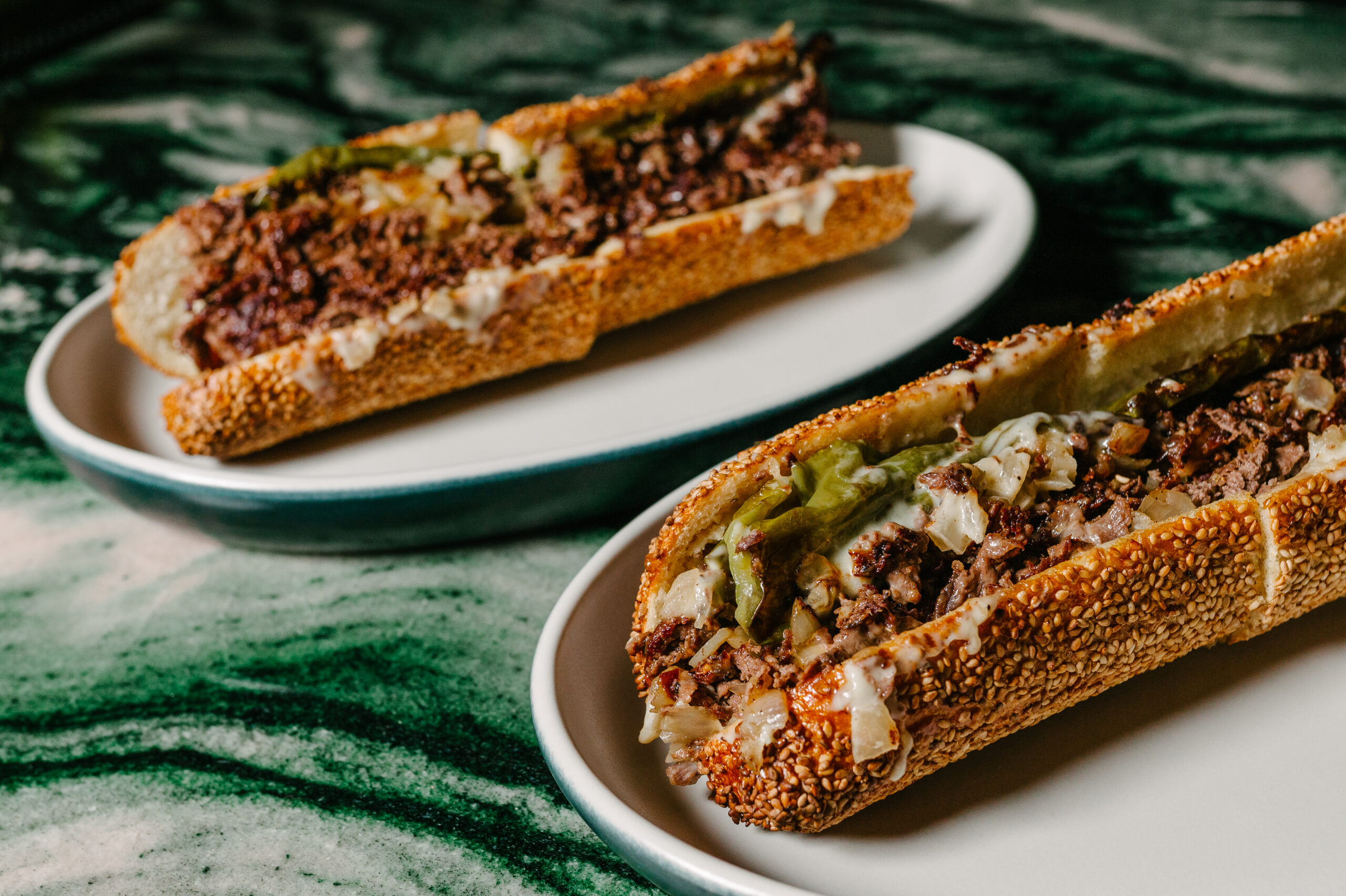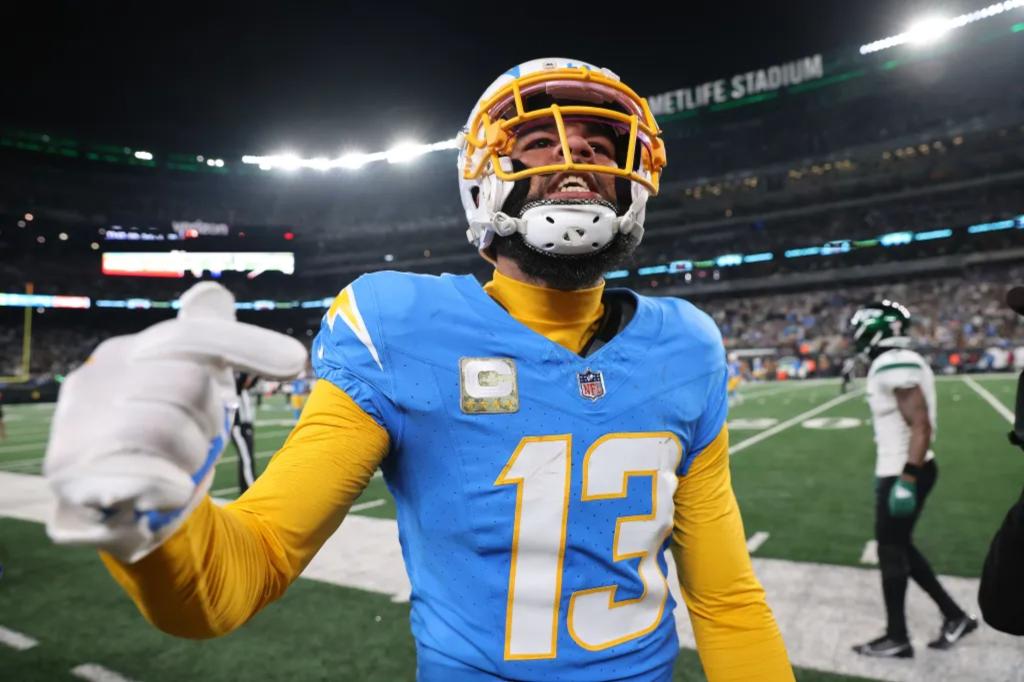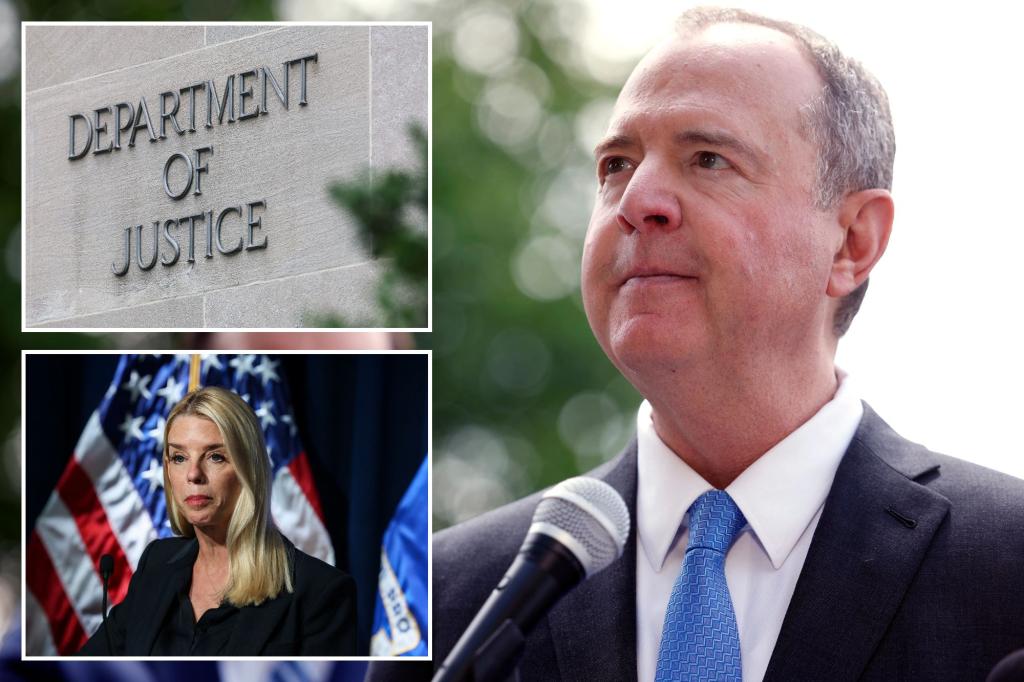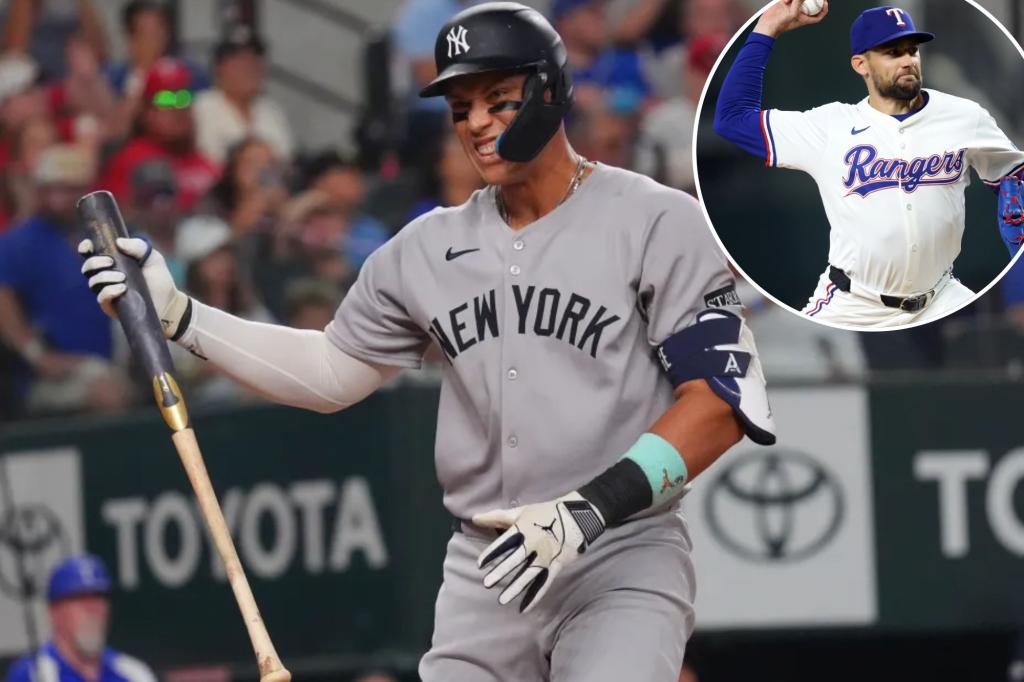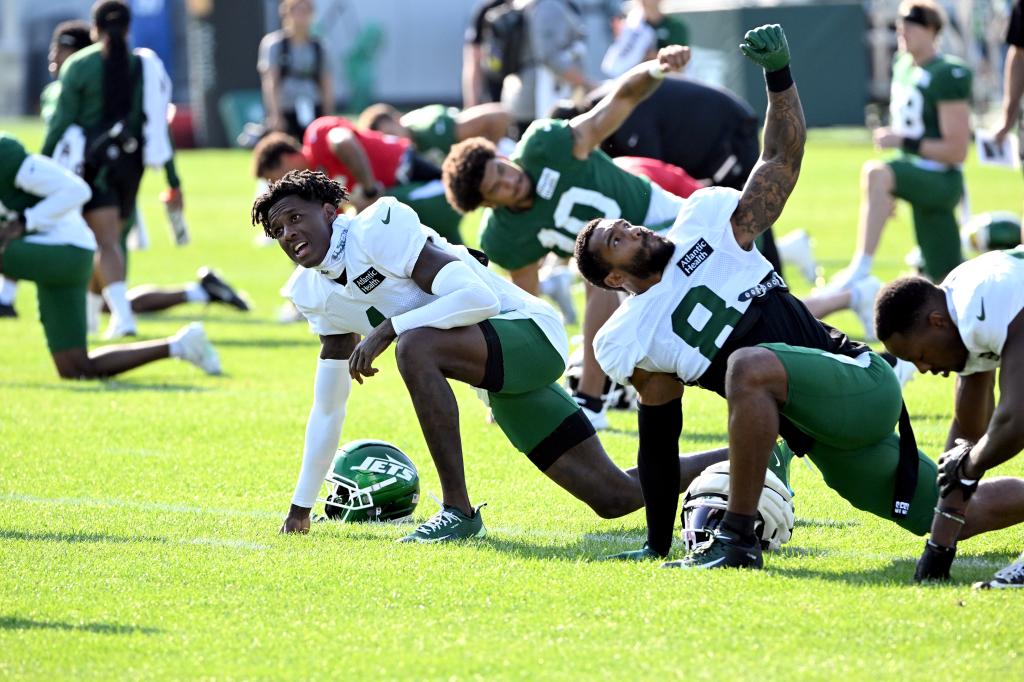
It’s about to get much easier to get the most buzzed-about cheesesteak in Los Angeles.
Matū, the steak-focused L.A. restaurant that exclusively serves grass-fed wagyu from New Zealand’s First Light Farms, will debut its order-at-the-window Cheesesteaks by Matū spinoff later this year.
Cheesesteaks by Matū is slated to open on Pasadena’s East Colorado Boulevard in the late fall, and another location of the new concept is expected to debut at The Commons at Calabasas in the winter. Both restaurants will share a space with a forthcoming outpost of HiHo Cheeseburger.
Matū and HiHo are part of prolific restaurateur Jerry Greenberg’s portfolio, which also includes Nozawa Bar, Sugarfish, KazuNori and UOVO. HiHo and Matū both use sustainably raised, 100 percent grass-fed wagyu from First Light. But the new HiHo and Cheesesteaks by Matū locations will be operated as separate restaurants, with different teams and different kitchens.
Up until this point, the only way to eat a cheesesteak at a Matū restaurant has been to sit at the bar or order the over-the-top Lock, Stock & Barrel tasting menu, which features the cheesesteak for “dessert” as your final course. This is largely because serving cheesesteaks at Matū is like running another restaurant, and allowing everyone to order a cheesesteak would overwhelm the kitchen. So there’s often been a wait for cheesesteaks at the 14-seat bar inside the original Beverly Hills Matū.


The Beverly Hills location also fulfills takeout and delivery orders for cheesesteaks during lunch, but eating them on-site is optimal. Guests, including one who was heard bragging that he’s eaten the cheesesteak nearly 100 times since it debuted in September 2022, drive from all over the city to get their cheesesteak fix. Some of these guests now drive to Brentwood, where Matū Kai opened this year.
“We have to limit it to just the bar,” Matū chef Scott Linder tells Observer. “Not only is it about the size of our plancha, but it also takes focus from what we do in the dining room: steaks and skewers and croquetas and all these other great things. We love the cheesesteak, and we love that you can have the cheesesteak. But you have to sit at the bar because, otherwise, it would be absolute insanity.”
Matū isn’t a restaurant that pre-cooks ingredients and quickly assembles cheesesteaks.
“If we made them that way, we probably could have as many cheesesteaks as you want,” Greenberg, who is from South Jersey and grew up eating a lot of cheesesteaks, tells Observer. “But that’s not how we make them. We take the meat, we drop it on, we chop it—it’s a very heavy process. “


The mix of rib-eye and sirloin for each sandwich is cooked to order, and Matū is constantly putting bread into a Rational oven to ensure that every bite is crisp and that the sesame seeds atop the rolls are properly toasted.
R&D for the $24 cheesesteak, which is made with Cooper Sharp cheese, grilled onions and a roasted long hot pepper that can sometimes be intensely spicy, was arduous.
“We did 25 rounds of cheesesteak testing, and there was one time I may have almost died,” Linder says. “The R&D process for this may have been the most painful of any R&D process I’ve ever done. It’s actually dangerous. Each round of testing involved about 15 cheesesteaks. You’re really trying to taste side-by-side and see the most subtle differences. A quarter ounce of this difference, a couple grams of cheese difference, five more seconds difference. And the problem is that you can’t just have one bite of a cheesesteak. You need to have two, three bites because you need to go back and forth between different test samples. When I knew I had to do cheesesteak testing, I didn’t eat the whole day.”
The Matū team clearly believe that they’ve created an optimal cheesesteak, and Los Angeles concurs. But Greenberg and Linder don’t completely agree on what should be on a cheesesteak. Greenberg likes to add some ketchup when he has a cheesesteak. Linder does not.
“When I grew up, there were a lot of people who said you don’t put ketchup on a cheesesteak,” says Greenberg, who believes in putting ketchup on cheesesteaks, burgers and absolutely nothing else. “I’ve had people from Philly and South Jersey tell me I’m absolutely wrong. But if I’m absolutely wrong, can you tell me why every cheesesteak has ketchup? And they all do.”
Greenberg enjoys the sweetness of ketchup on a cheesesteak and how ketchup can cool off the heat if you get an extra spicy, long hot pepper. He’s ready for more of L.A. to engage in this debate about whether ketchup belongs on a cheesesteak.


Greenberg is methodical about expansion. He knows it’s out of character for him to announce two locations of Cheesesteaks by Matū before he’s even opened one. But he was offered the right real estate and likes the opportunity in front of him.
“We’re trying to create an energy and a vibe celebrating this beef,” Greenberg says.
He traveled the world in search of the best beef, and he is such a believer in the New Zealand wagyu he uses that he became a co-owner in First Light Farms. Greenberg sees a future where there could potentially be a complex that includes Matū, Cheesesteaks by Matū and HiHo Cheeseburger.
“If this goes the way that we hope, it gives us a variety of different ways to express this great beef,” Greenberg says.
<
